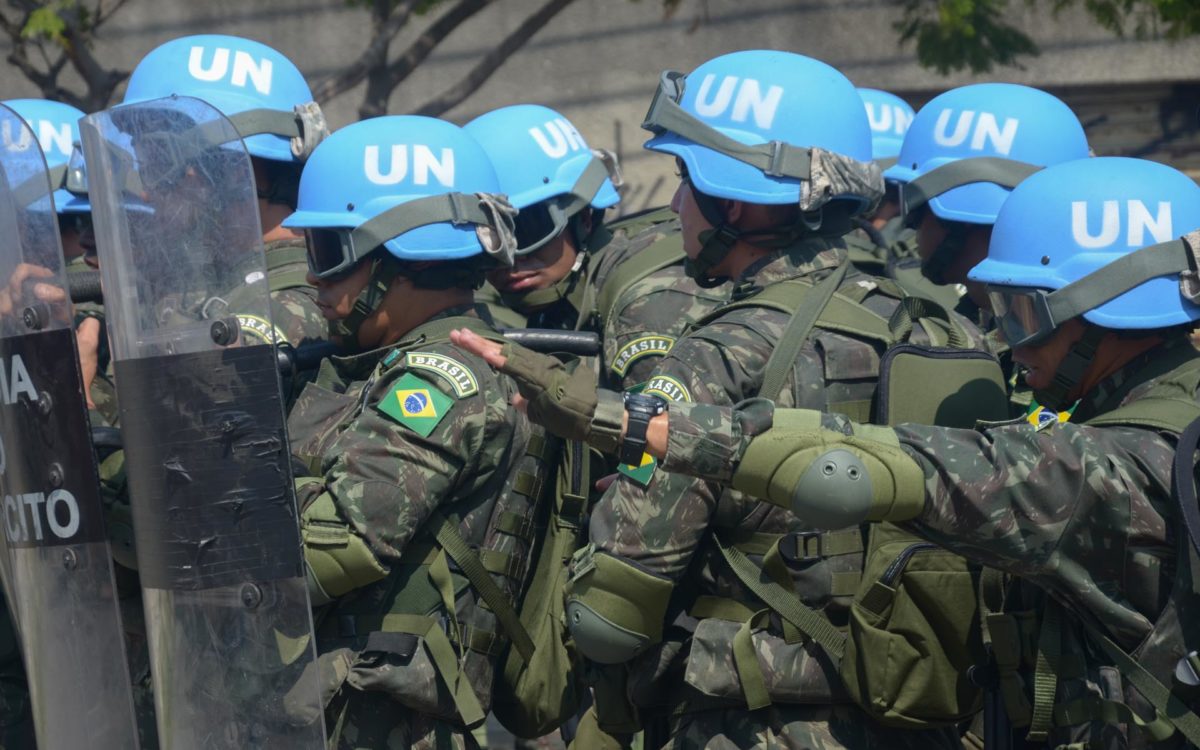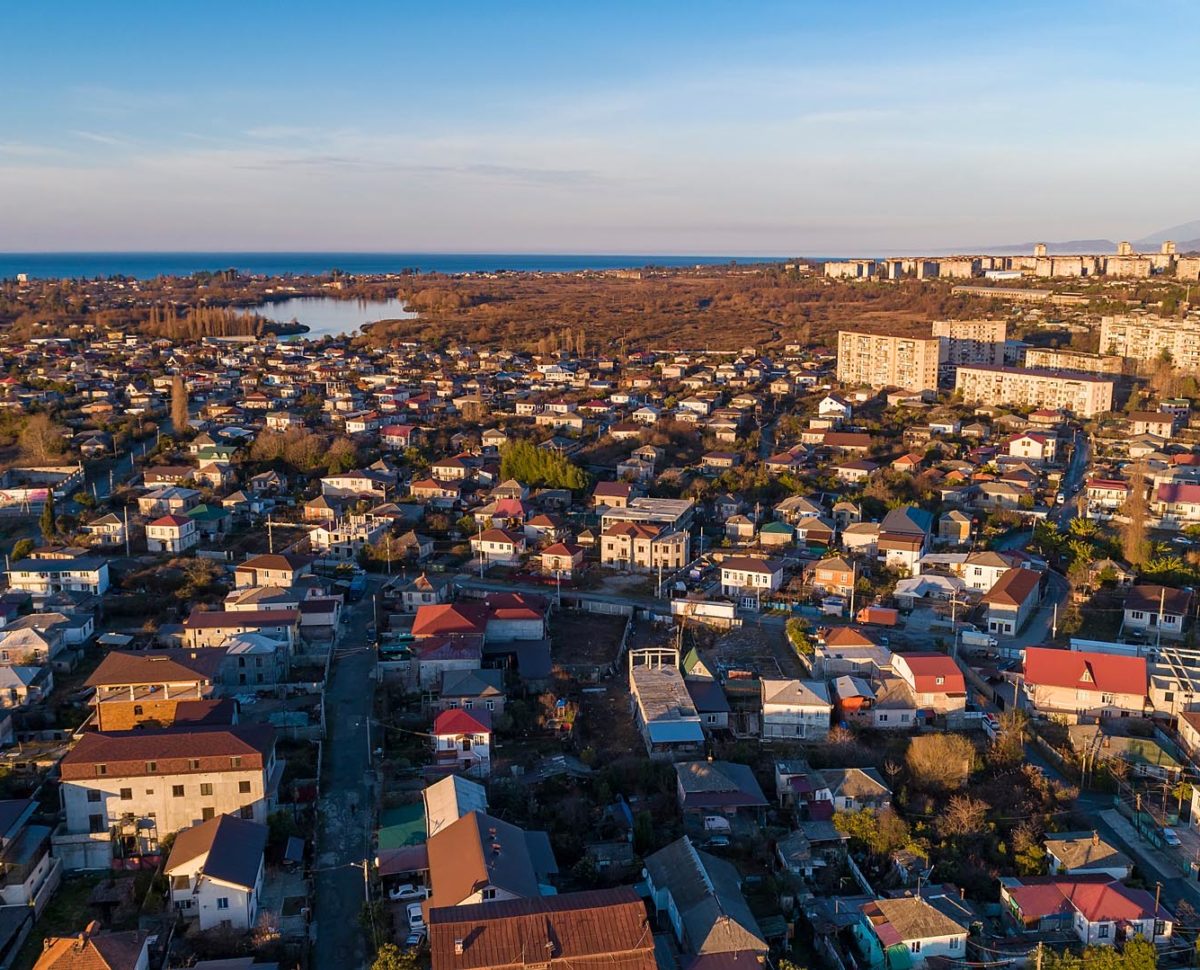
Mikelli Ribeiro
‘In cases like South Sudan, we see a significant lack of understanding about local actors’ dynamics and a failure to adapt missions to conform to local norms in atrocity prevention approaches. In order to resolve these shortcomings, external actors should refute an exlusive focus on top-down solutions – and engage more with local stakeholders…’
One of the Civil War Paths project’s central objectives is to understand organisational dynamics in civil wars. This includes not only local actors but also external ones. External actors engage in civil wars through an array of tools, in an effort to consolidate peace-building. The most common of these are sanctions, negotiation, mediation, legal approaches, peace operations, and military interventions. Collectively, they are referred to as Conflict Management Tools (CMTs). The specialised literature on CMTs typically focuses on evaluating how specific tools operate in particular situations: with a view to gauging their efficiency, and understanding best practice – although more recent studies also try to theorise interactions between CMTs.
My current research is dedicated to understanding how external actors use CMTs: not only to avoid recurrence of violence in civil wars, but also to prevent/respond to a more deadly version of that violence. That is, in order to prevent/respond to the development of mass atrocities. Among my research goals, I have a particular aim to understand the role of peacekeeping in identity conflicts – since these are the kinds of conflicts with the greatest propensity to generate mass atrocities. Apart from military interventions (seldom used compared to the others), peacekeeping operations are the most intrusive CMT, when it comes to dealing with conflict and post-conflict situations. Through this device, states and international organizations invest substantial resources to achieve conflict resolution, including in identity conflicts.
Peacekeeping in identity conflicts
Notorious cases in the 1990s became a symbol of the United Nations’ ineffectiviness in tackling identity conflicts through peacekeeping tools – to avoid escalation into mass atrocity situations. One of the first cases in which this failure occurred was the second peacekeeping mission in Angola. United Nations Angola Verification Mission (UNAVEM II) was created to verify the implementation of the peace accords between government and rebels in 1991. The mission was based on a flawed assessment of the civil war, and actors’ roles within it. Peacekeeping strategies had witnessed some success in previous crises. Particularly, when rebel groups were committed to peace negotiations. This was not the case in Angola. The lack of cooperativeness, combined with the mission’s limited capacity, precipitated disastrous events in the country. As Williams and Bellamy put it, the strategic pause provided by the mission was used by actors for rearming and regrouping, instead of demobilisation and disarmament.
The Rwandan genocide is another (infamous) instance of peacekeeping mismanagement. Previous peacekeeping failures – notably the Somalian debacle – paved the way for the UN Security Council (UNSC) to significantly reduce the number of personnel involved in the Assistance Mission for Rwanda (UNAMIR). Although it is currently well-known that some Security Council members – such as the US – had correctly assessed the ramifications of reduced capacity for UNAMIR; it is also known that other members (notably rotating ones) had no clear notion of what would happen following peacekeeping disengagement. Some of them argued that they had no access to Force Commander Dallaire’s report, which highlighted the imminent risk of genocide if the UNSC opted for constrained mission capacity. The result of this failure was not only a recurrence of clashes, but a widespread genocide.
In 2021, the International Oscar winner Quo Vadis, Aida? elaborated another identity conflict mission failure in vivid detail. The movie, exploring conflict in Bosnia, showed how lack of capability and authority rendered the UN Protection Force (UNPROFOR) a spectator to the massacre in Srebrenica, which was a supposed ‘safe area’ under its protection.
What now?
Since those spectacular failures, the UN institutional structure has evolved substantially. More effort has been invested in ameliorating the role of peace operations in identity conflicts. The UN bureaucracy invested significantly in self-reflection on previous failures at the end of the 1990s, and the beginning of the 2000s. Documents such as the Brahimi Report and the Capstone Doctrine, coupled with new norms such as the protection of civilians in armed conflict, helped to improve policies aiming at avoiding another Rwanda. As a result, various new peace operations in the 2000s and 2010s gained considerable normative density and capability apparatus to monitor peace agreements and protect civilians. These have developed the moniker of ‘robust peacekeeping’.
Despite this new structure, however, we have seen continued atrocities in identity conflicts of the 2000s and 2010s. South Sudan is probably the most tragic of the current examples. In this case, the government formed after independence marked merely the beginning of another conflict cycle – rather than the end of the civil war. Elites that were supposed to govern the country in a coalition began a war against each other. They instigated supporters to commit mass atrocities against rival identity groups that devasted the newborn country. The UN Mission in South Sudan (UNMISS) was unable to prevent the massacres.
Cases such as South Sudan and others have shown that clearer/appropriate mandates and material capabilities (troops and equipment) are necessary to help carry identity conflict from war to peace. However, although necessary, these conditions are often not by themselves sufficient to stabilise identity conflicts. In cases like South Sudan, we see a significant lack of understanding about local actors’ dynamics and a failure to adapt missions to conform to local norms in atrocity prevention approaches. In order to resolve these shortcomings, external actors should refute an exlusive focus on top-down solutions – and engage more with local stakeholders. As Séverine Autesserre wisely points out, one aspect of the crisis in peacekeeping operations is precisely their blindness to bottom-up strategies in resolution processes. This blindness is even more harmful when it comes to identity conflicts, in which deeply-held grievances are usually one of the primary roots of violence. Moving forward, peacekeeping missions must appreciate actors’ dynamics not only during identity conflicts – but also in pre-war and post-war stages, alongside a nuanced view on connections between these stages.

